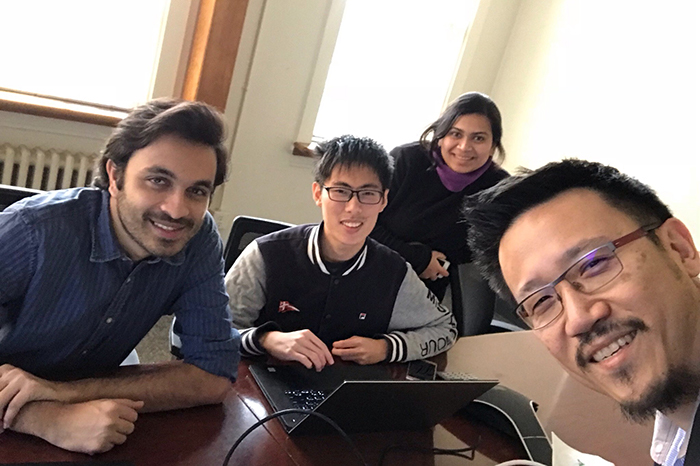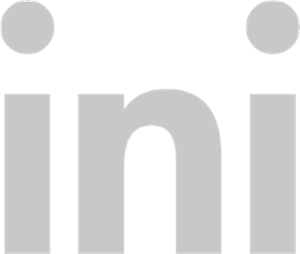Now Accepting Fall 2025 Innovators
INI Innovators
Work with the brightest minds at Carnegie Mellon! As an INI Innovator, you become part of the INI community.
A highlight of this program is working with a team of INI students to complete an open-source project over the course of a semester. This Practicum project is a great way to engage with the next generation of engineers and help your company, startup, nonprofit or government agency pilot a new idea or develop a proof of concept.
Your organization will also participate in the INI Innovators Speakers Series, receive unlimited resume books, feature in our brand communications and more — giving you many opportunities to engage with our interdisciplinary network.
About Practicum
3-6 Students per Team
Projects are matched according to student skill sets and interests. INI students have expertise in information networking, security and mobile and IoT engineering.
14 Weeks or 1400+ Hours of Work
Work begins and is completed during CMU's fall semester, which is typically 14 weeks. For example, a team of 5 students will log 1400 hours of work throughout the semester.
Example Practicum Projects Include:
- Working to verify the reliability of the open-source Rust standard library for Amazon Web Services
- Improving the security of a programmable robot for Aptiv
- Creating a customized dashboard to optimize energy usage for Stanford Linear Accelerator Center (SLAC) National Accelerator Laboratory
- Developing mobile peer-to-peer sharing capabilities using blockchain for T-Mobile
INI Innovator Benefits
These benefits are available to all INI Innovators for one academic year:
- One Practicum project given fast-track priority
- Opportunity for a second Practicum project at a 20% reduced fee
- Opportunity to visit and present on campus to CMU students and the CMU community at the INI Innovators Speakers Series
- Unlimited resume books
- Featured story about your organization on the INI website and in INI Insiders, the alumni email newsletter reaching 3K+ leaders in industry, government and academia across the world
- Organization logo listed on the INI website and in the INI alumni print magazine
- Social media mentions of your organization on the INI’s LinkedIn, Instagram and Facebook accounts
Investment
Industry Rate:
One year commitment: $40,000
Two-year commitment: $80,000
Non-Profit Large (50+ employees and/or budget of $1M) Rate:
One year commitment: $10,000
Two-year commitment: $20,000
Non-Profit Small (less than 50 employees and/or less than 1M budget) Rate:
One year commitment: $5,000
Two-year commitment: $10,000
CyLab Partner Rate:
One year commitment: $36,000
Two-year commitment: $72,000
Start-Up Rate:
One year commitment: $5,000
Two-year commitment: $10,000
Government Rate:
One year commitment: $0
Two-year commitment: $0
How it Works
We welcome proposals from corporate, government and research sponsors, with a particular focus on projects using open-source technology. Please review each step below for instructions on preparing and submitting your proposal.
Step 1: Review Project Proposal Instructions
Step 2: Review CMU Educational Project Agreement
Sponsorship of INI Practicum projects is done under a CMU Educational Project Agreement (EPA).
Step 3: Review Intellectual Property Policy
Step 4: Submit a Proposal to Sponsor a Project
Want to chat about this opportunity? Contact the INI Innovators team by email with questions: ini-innovators@andrew.cmu.edu.
Recent Sponsors
99P Labs • Amazon • Aptiv • Carnegie Mellon University • Federal Reserve Bank of Richmond • City of Portland • DemocracyLab • SCION • Volkswagen • SLAC ...and more!
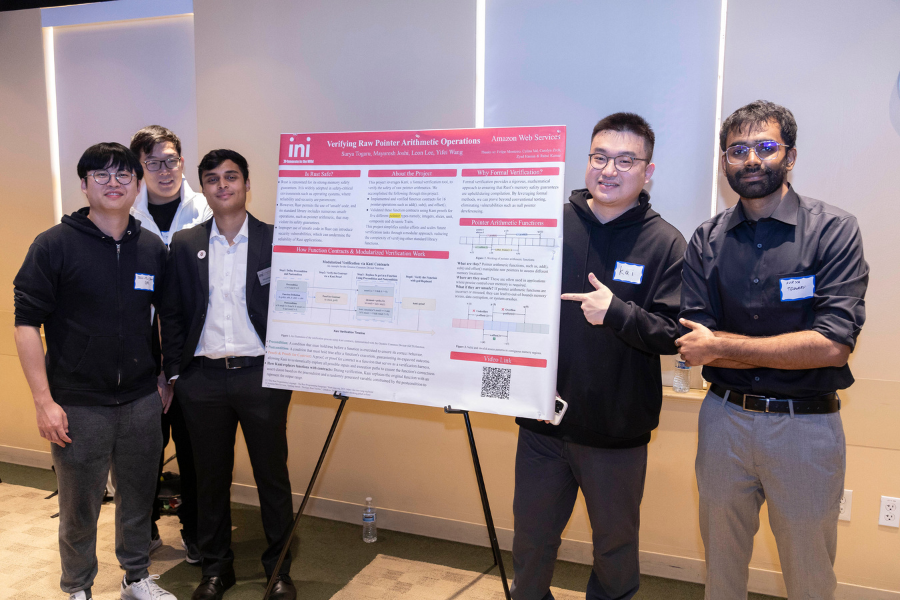
Amazon Web Services
"The Practicum project helped us actually deliver the proof of concept that yes, this is possible. I think that reflects the dedication, the tenacity that these students had."
RAhul Kumar
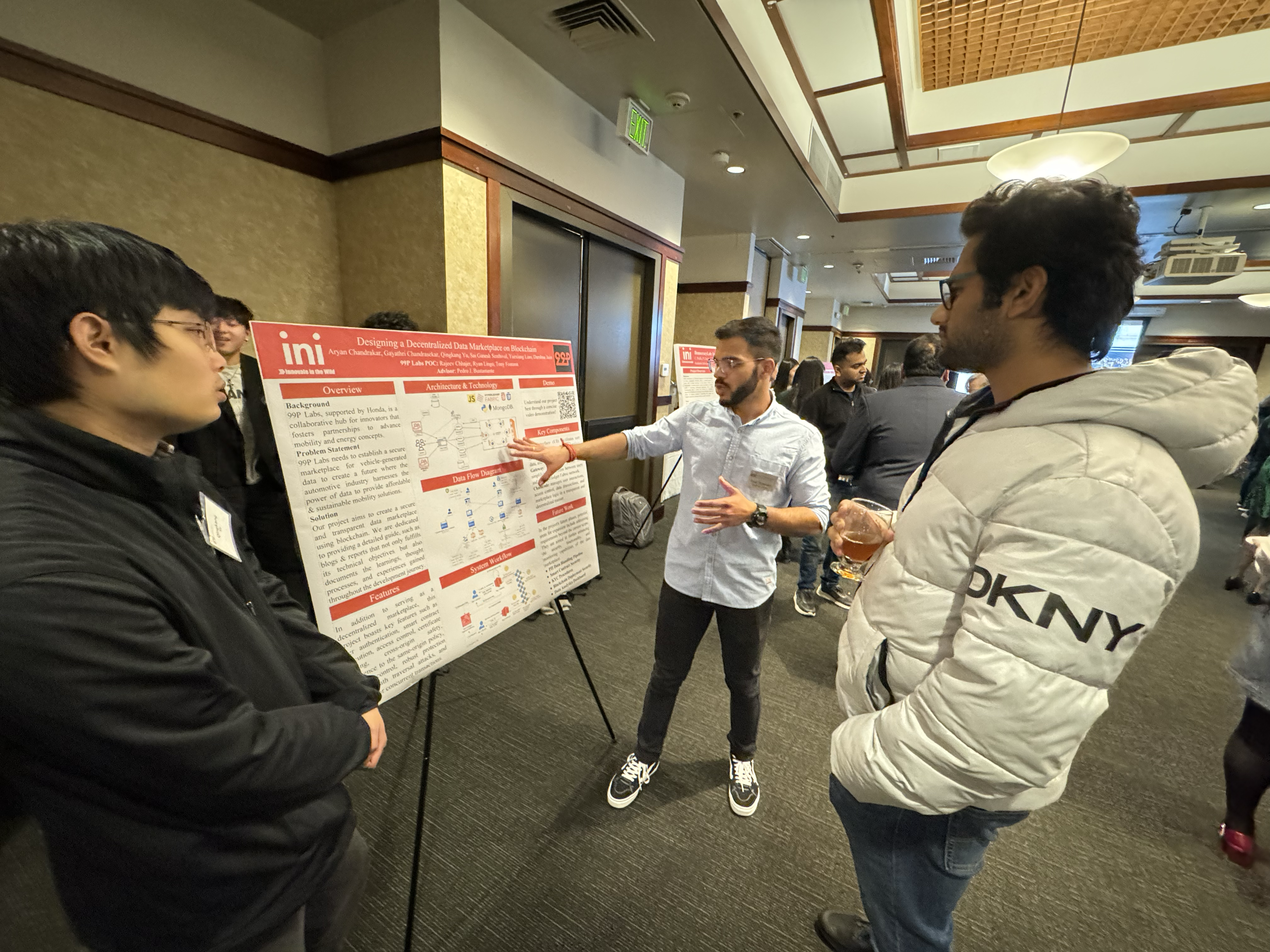
99P Labs
"An INI Practicum partnership allows your company to engage young, agile minds who bring new perspectives for tackling relevant problems with support from top faculty and industry leaders."
Ryan Lingo
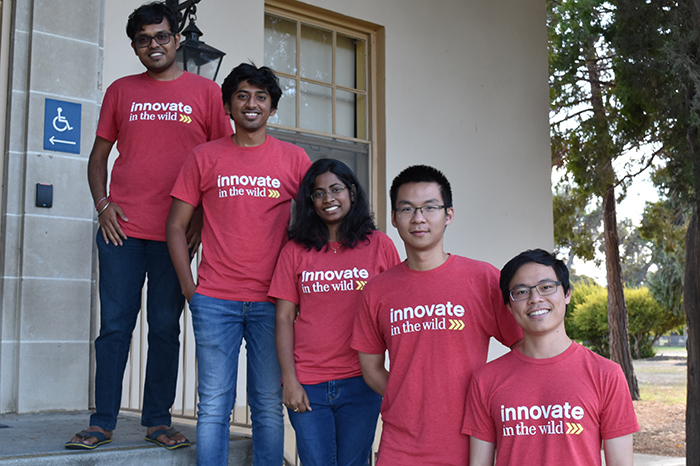
SLAC National Accelerator Laboratory
"The value for us is to meet and benefit from the contributions of top students, who bring an amazing energy and enthusiasm, and an amazing set of skills and new tools."
SILA KILICCOTE
